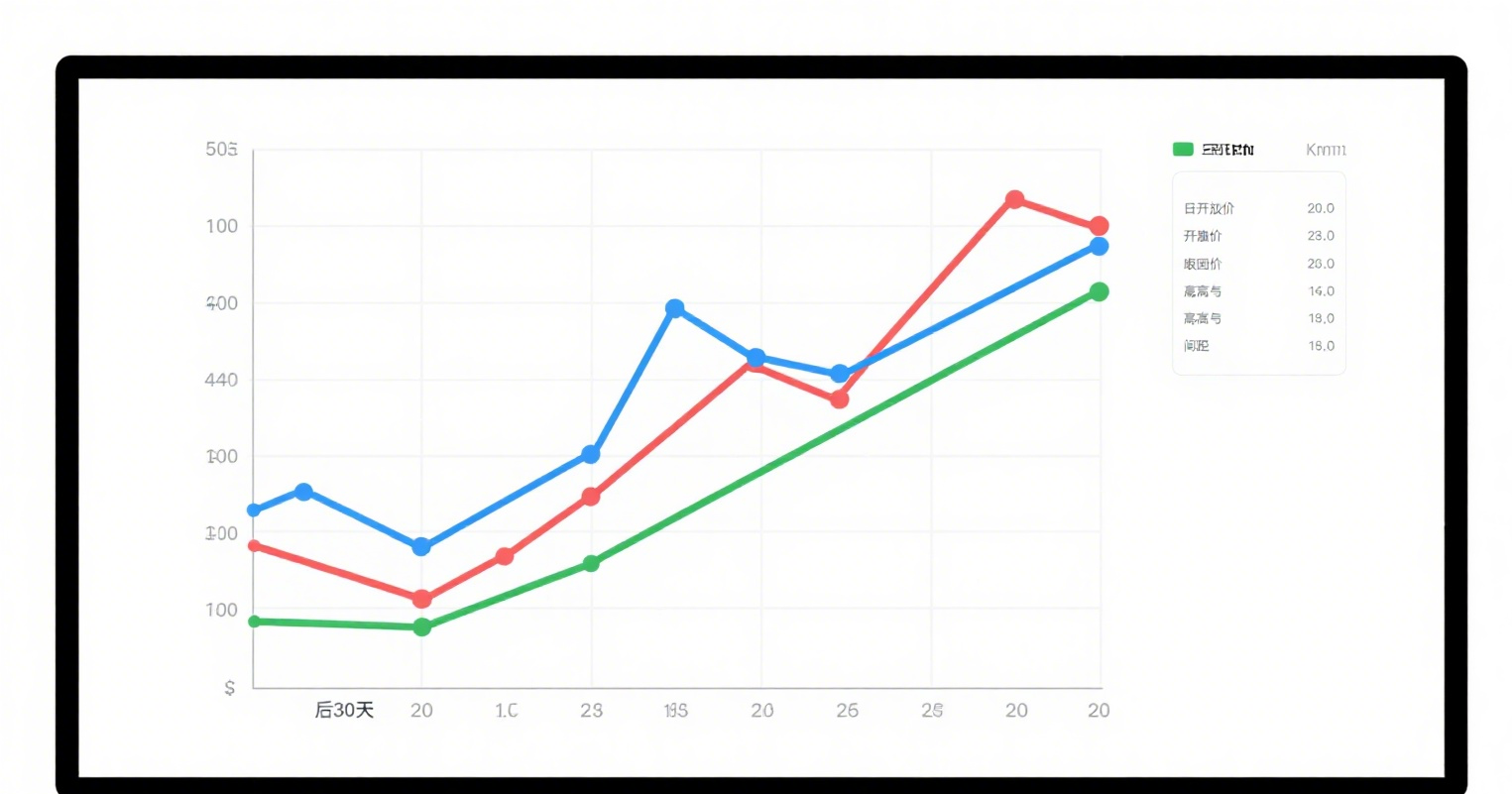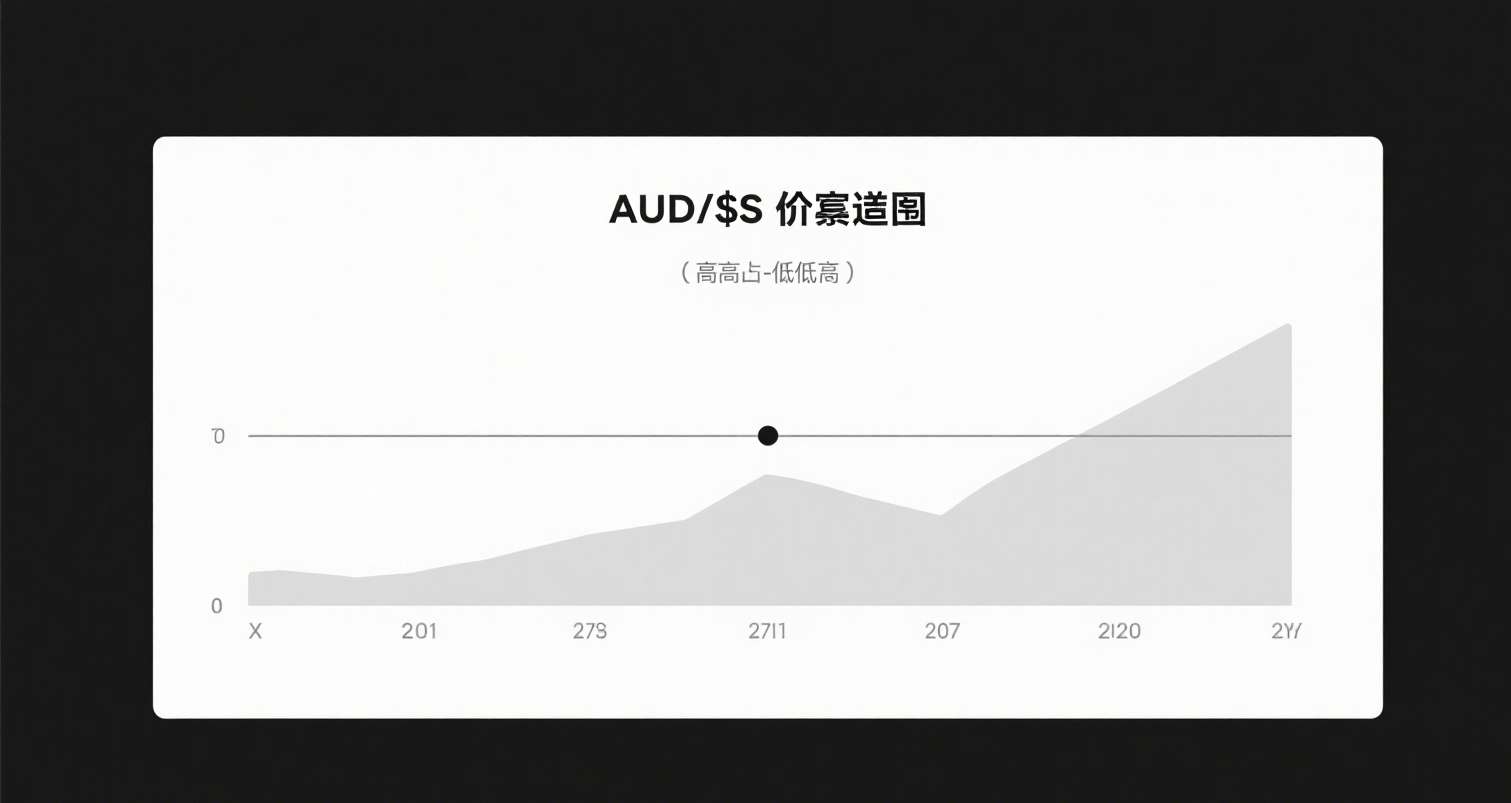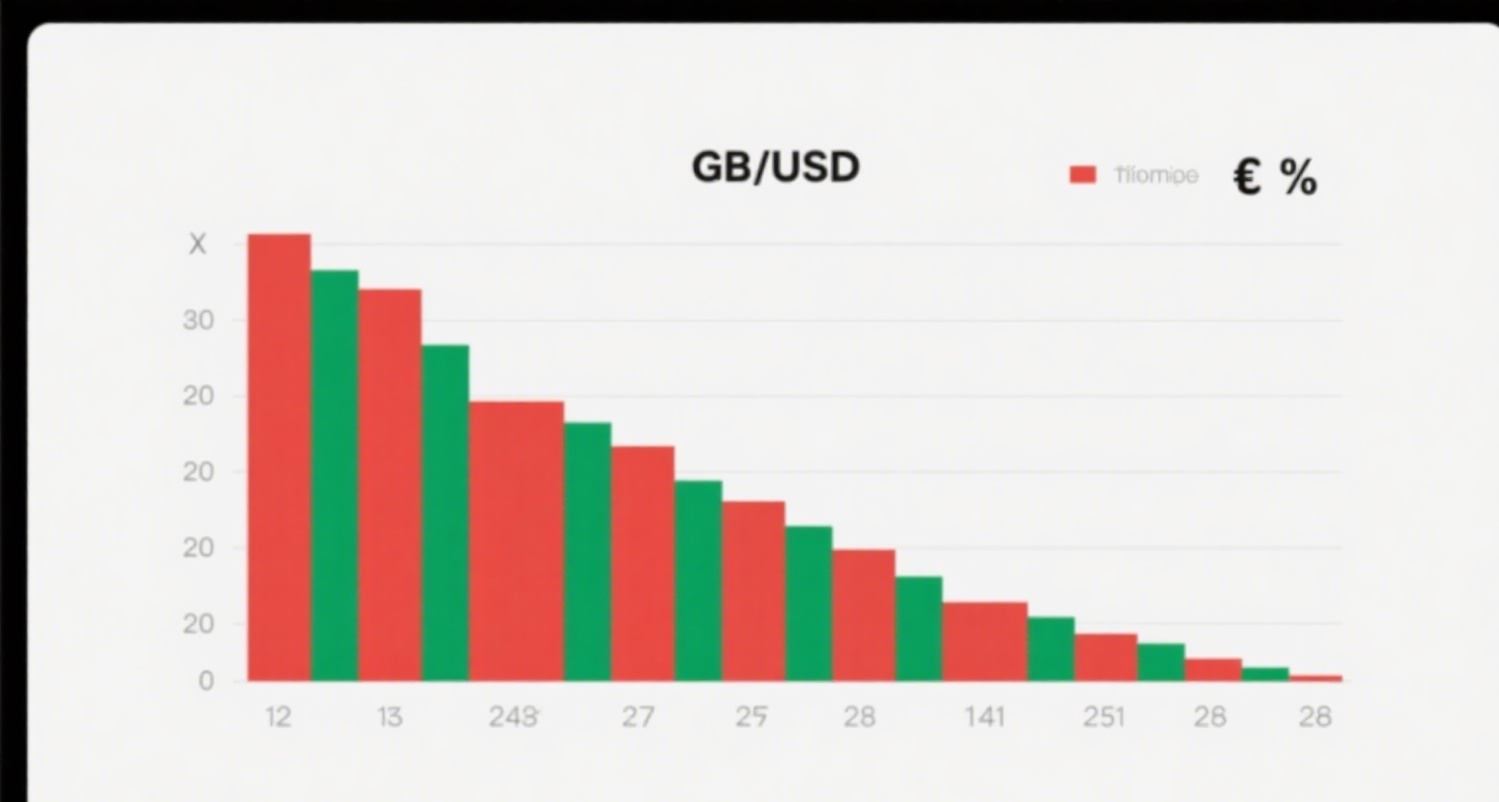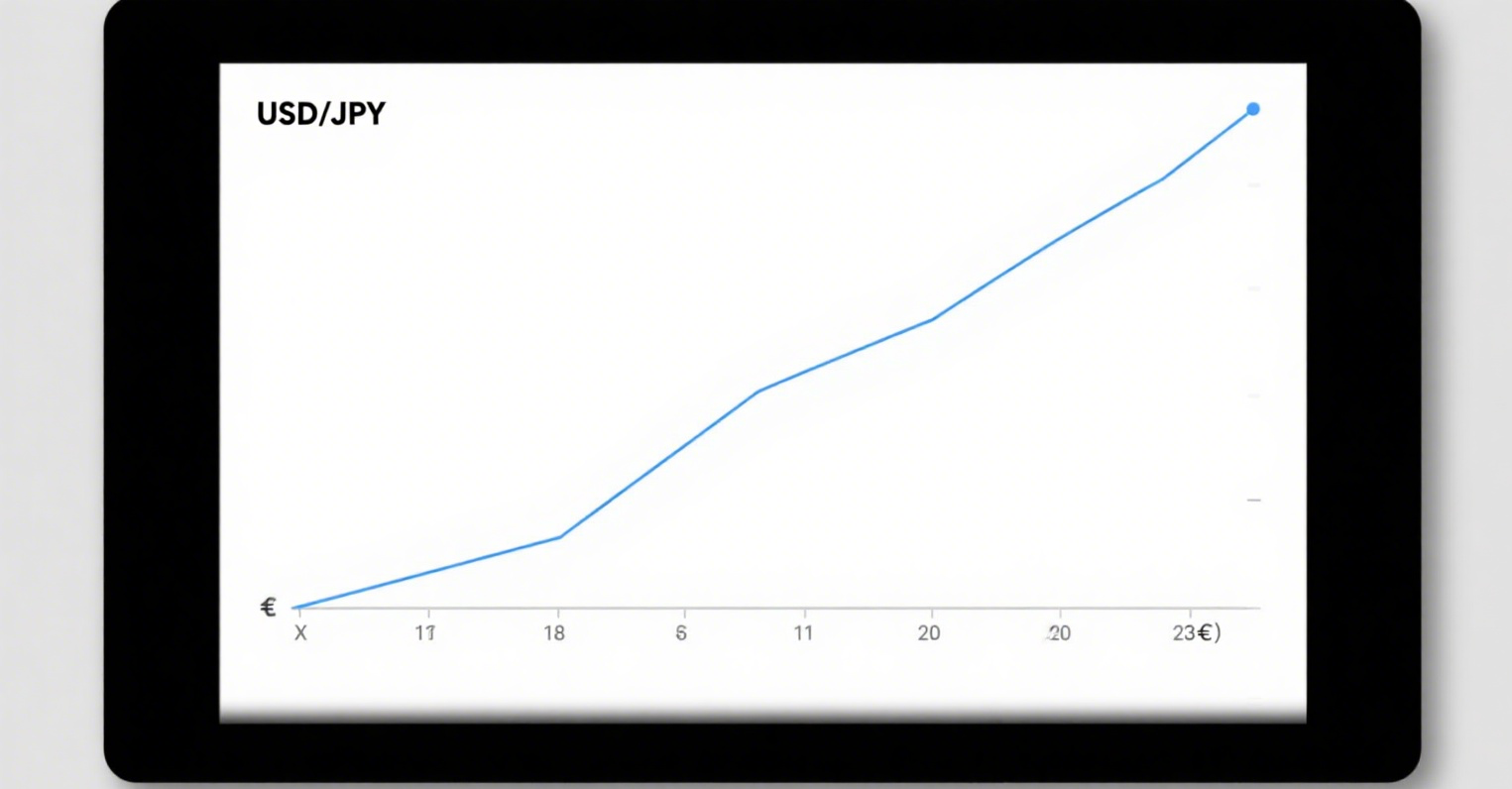
Delayed Proof of Work (dPoW) is a security mechanism designed by the Komodo project. Essentially, it is a modified version of the Proof of Work (PoW) consensus algorithm that leverages the hash power of the Bitcoin blockchain to enhance network security. By using dPoW, Komodo developers can not only protect their own network but also any third-party blockchain that joins the Komodo ecosystem in the future. In fact, dPoW can be used to secure any independent blockchain project developed using the UTXO model.
How does Delayed Proof of Work (dPoW) work?
Taking Komodo as an example, the dPoW security mechanism is developed and implemented using the Zcash codebase, achieving zero-knowledge privacy proofs and enhancing network security by leveraging Bitcoin's hash power.
Every ten minutes, the Komodo system takes a snapshot of the blockchain network. The results of the snapshot are then written into blocks on the Bitcoin network. Overall, this process creates a backup of the entire Komodo system, which is stored in the Bitcoin blockchain.
Technically speaking, notary nodes elected by the Komodo community execute transactions on the Komodo chain to write the block hashes of each dPoW-protected blockchain into the Komodo distributed ledger. By invoking the OP_RETURN instruction, notary nodes store individual block hashes on the Komodo chain.
The reason notary nodes choose to perform snapshots at ten-minute intervals is to ensure the entire network recognizes the validity of the block. Each blockchain network still reaches consensus on each block. Notary nodes simply record the hash values from previously mined blocks.
Next, the notary nodes write the hashes from the Komodo blockchain into the Bitcoin ledger. This step can also be completed by executing Bitcoin transactions and using the OP_RETURN instruction to write data into the Bitcoin blockchain.
After the notary nodes complete their operations on the Bitcoin blockchain network, Komodo's notary nodes write the block data from the Bitcoin blockchain back to each protected chain. At this point, the network will not accept any reorganization attempts to alter notarized blocks (or any blocks created before the notary nodes reach consensus).
Currently, dPoW is bundled with Bitcoin, but it can be used as a security tool in any other blockchain that employs the UTXO model.
Proof of Work (PoW) vs. Delayed Proof of Work (dPoW)
One of the main goals of the Proof of Work (PoW) algorithm is to maintain network security and prevent cyberattacks such as Distributed Denial of Service (DDoS) attacks. In short, the PoW algorithm produces data blocks that are very costly to create but easy to verify, and it is a critical element in the mining process.
The mining design in PoW-based blockchains is highly demanding. Miners need to solve complex cryptographic puzzles to mine new blocks. This process involves significant computational work, requiring expensive hardware and electricity. The mining process not only protects the network from external attacks but also verifies the legitimacy of transactions and generates new digital currency (as a reward for miners solving the puzzles).
Therefore, one of the reasons PoW-based blockchains are secure is that the mining process involves substantial financial investment. However, it's important to note that the security of PoW blockchains is directly tied to the hash power (hashing) used for them, meaning smaller blockchain networks are less secure than larger ones.
Unlike PoW, dPoW is not used to achieve consensus on new blocks and thus is not considered a consensus algorithm. It is a security mechanism implemented outside the PoW consensus rules. dPoW makes it impossible to reorganize notarized blocks, meaning it makes the blockchain more secure and resistant to 51% attacks.
In practice, whenever a block is notarized, dPoW "resets" the consensus rules of the blockchain. For example, most PoW blockchains use the "longest chain rule." Thus, whenever a blockchain network confirms that blocks XXX and XX1 have been notarized, the longest chain rule starts from blocks XXX, XX2. The network will no longer accept chains starting from blocks XXX, XX0 or earlier, even if they are the longest chains.
Summary
The Delayed Proof of Work security mechanism allows for frequent backups to ensure that the entire network's data can be quickly restored in the event of system failure or a breach. If an attacker wants to successfully cause lasting damage, they must also shut down the Bitcoin network and destroy all snapshots backed up in the Bitcoin blockchain.
















